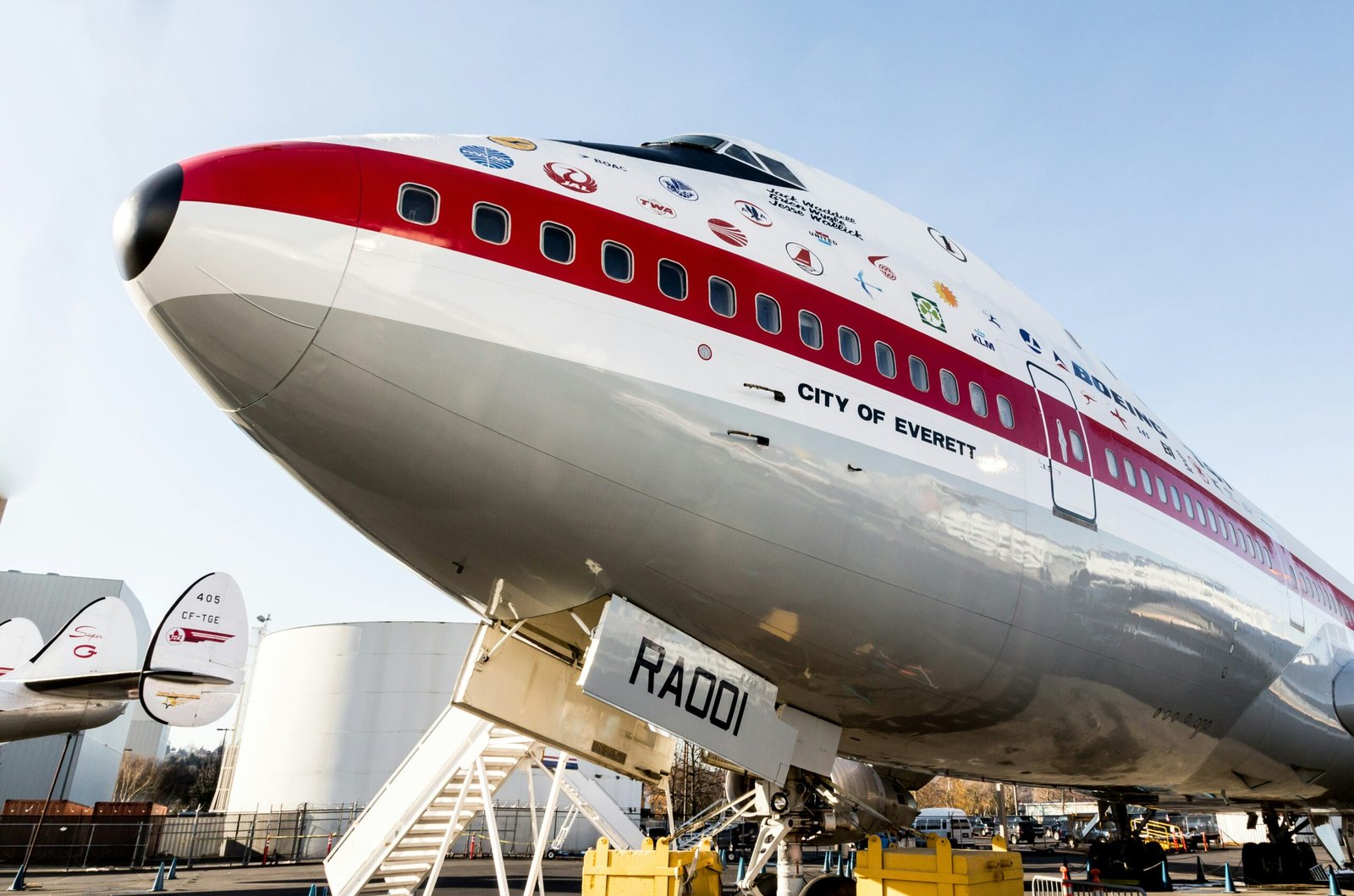Transportation & Logistics
At Fundamental Asia, we bring strategic clarity and operational excellence to the transportation and logistics sector. From urban mobility to national supply chains, we help governments and industry leaders optimize infrastructure, integrate smart technologies, and future-proof logistics systems. Our approach combines data-driven modeling, ESG compliance, and digital innovation to unlock efficiency, resilience, and competitiveness. Whether redesigning multimodal transport networks or streamlining last-mile logistics, we deliver actionable strategies that move economies forward—faster, cleaner, and smarter.
Center for Smart Transport and Logistic - Fundamental Asia
The global transportation sector was valued at approximately $7.8 trillion in 2020 and is expected to grow, driven by increased demand for logistics, e-commerce, and sustainable transport solutions.
At Fundamental Asia, our transportation and logistics solutions are grounded in rigorous data analysis and global best practices. With logistics costs accounting for up to 23% of GDP in emerging markets—compared to 8–10% in OECD countries—we work with governments, SOEs, and private sector players to close this gap through strategic, evidence-based reforms. Our expertise includes multimodal transport integration, supply chain digitization, and infrastructure prioritization using geospatial and traffic flow modeling. From reducing last-mile delivery times by 20% to cutting fuel consumption through optimized routing, we deliver measurable impact. Every intervention is designed to improve efficiency, competitiveness, and sustainability across the transport and logistics value chain.

Road Transport
Road transport accounts for about 75% of total passenger transport and roughly 60% of freight transport globally. Over 1.4 billion cars were on the road in 2020, with significant growth in electric vehicles.

Rail Transport
Rail transport represents around 8% of global passenger transport and about 7% of freight transport. The global railway network is over 1.3 million kilometers long, with countries like the U.S., China, and Russia having extensive systems.

Maritime Transport
Maritime transport responsible for around 90% of global trade by volume. In 2020, it handled about 11 billion tons of goods. Over 50,000 merchant ships are currently in operation worldwide. The International Maritime Organization aims for a 50% reduction in greenhouse gas emissions from shipping by 2050.

Air Transport
Pre-pandemic (2019), over 4.5 billion passengers traveled by air. Air cargo accounted for approximately 35% of global trade by value, despite representing only about 1% of freight by volume.
Center for Smart Transport and Logistic - Fundamental Asia
We support the industry with a uniquely distinguished approach—strategic, forward-looking, and impact-driven
Our consulting firm provides a wide range of expert services to help automotive companies navigate the evolving landscape of the industry. We specialize in market entry strategies, competitive analysis, and regulatory advisory, particularly in the fields of electric vehicles (EVs), autonomous vehicles, and mobility as a service (MaaS). Our offerings include optimizing supply chains, driving sustainability and green innovation, and facilitating digital transformation for automotive retail and services. We also provide advanced solutions for fleet management, safety and compliance, and technology integration, while leveraging data analytics to improve customer experience and operational efficiency. With expertise in smart city integration, EV battery lifecycle management, and global trade advisory, we ensure our clients are equipped to meet the challenges and opportunities of the future mobility ecosystem.
How Fundamental Asia will help you
Our consulting firm delivers a comprehensive suite of expert services to help transportation and logistics companies navigate the rapidly evolving landscape of global mobility and supply chain dynamics. We specialize in market entry strategies, competitive benchmarking, and regulatory advisory—particularly in areas such as smart logistics, multimodal transport systems, and green freight initiatives. Our services include end-to-end supply chain optimization, sustainability planning, and digital transformation for logistics operations and infrastructure. We also offer advanced solutions in fleet management, safety and compliance, and technology integration, leveraging data analytics to enhance operational efficiency and service delivery. With expertise in last-mile innovation, cross-border trade facilitation, and smart port and city logistics integration, we equip our clients to thrive in a future defined by automation, connectivity, and environmental accountability.

Fleet Management Systems

Transportation Management Systems (TMS)

Warehouse Management Systems (WMS)

Cold Chain Solutions

E-commerce Fulfillment Services

Last-Mile Delivery Solutions

Cross-Border Logistics and Customs Brokerage

Human Capital and Workforce Solutions

Customer Experience Optimization
Talk to our transport and logistic expert
Our industry map, digital, and smart solution will help you in any scale of implementation
FUNDAMENTAL ASIA INSTITUTE
Our Latest Insight
CFEA: Bullion Banks Worldwide
Bullion Banks Operation Worldwide Bullion banks like JPMorgan Chase, UBS, Goldman Sachs, and HSBC dominate the global precious metals market, trading and storing gold, silver, platinum, and palladium through hubs…
CGTI-FA: Carbon Capture and Storage
Carbon Capture and Storage (CCS) is a crucial technology in mitigating climate change by capturing carbon dioxide (CO2) emissions from industrial sources and power plants, preventing them from entering the…
HTD-FA: Capability Building & Learning Experience
Capability Building as a Competitive LeverIn the fast-paced world of modern business, capability building isn’t just a nice-to-have—it’s a critical differentiator. Companies that invest in structured, forward-looking skill development…



